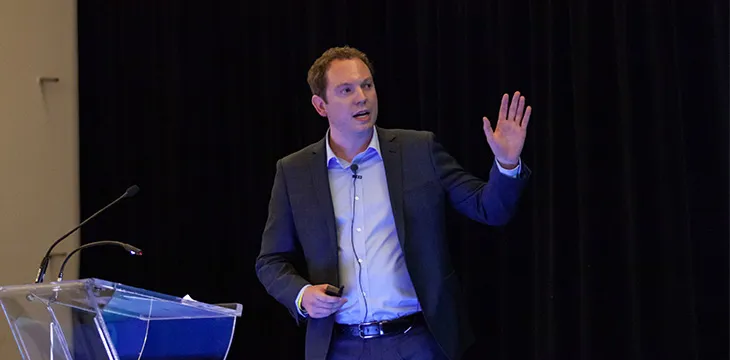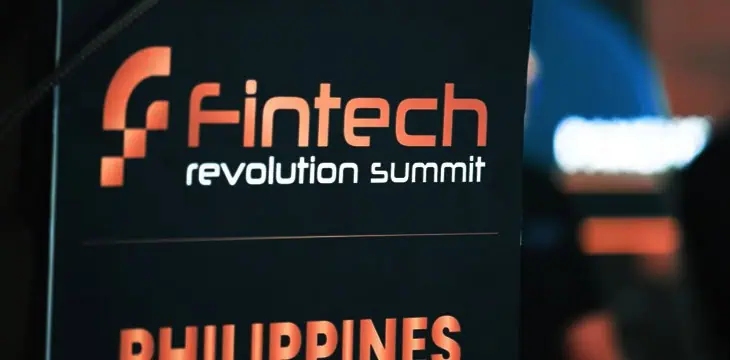|
Getting your Trinity Audio player ready...
|
Tokenized is promising to evolve the Bitcoin SV (BSV) blockchain into a place where enterprises and governments can conduct serious business. To explain how the Tokenized protocol works, James Belding, founder and CEO of Tokenized, took the stage at CoinGeek Toronto 2019.
When Tokenized won first appeared on the scene with its award winning Alpha, it was already very impressive; but it wasn’t able to do everything Belding wanted. “It was kind of frustrating to me building that Alpha version because I saw where it needed to go, I had a vision of where this thing could be, and what it could be, but I was constrained by the protocol limitations, particularly the OP_RETURN payload limit,” he explained. “So the moment that was actually removed and it was removed way ahead of schedule, we basically just stopped what we were doing, got the big game out, and we started building the thing out exactly the way we wanted to. So this is pretty much uncompromised, exactly what I want it to be, and its ready for real adoption, to actually integrate with governments, to actually integrate with real enterprises, and we feel confident that everything’s there.” (0:44)
Tokenized can now be best described as an application layer protocol that uses BSV to pass and store messages. It’s primarily focused on records from financial, legal, commercial and accounting activities, and aims to replace SWIFT, FIX, X12 LEDES and more, Belding said.
So that the audience could fully understand the how the Tokenized protocol works, Belding explained each of the components that go into it. First there are tokens, which represent digital records of ownership. Then there are smart contracts, which act as devices to assign those tokens based upon agreements by the parties involved. Those parties are called entities, and each person in the system can have several entities based on the role they perform in the agreement.
To issue smart contracts, the system has issuers, who are authorized to create smart contracts for the tokens in question. Contracts are then operated by contract operators, who much like Gmail operates an email system, have the tools necessary to control the contract system.
Finally, there are Oracles, an exciting new addition that can be referenced for authoritative data. Belding spoke to two examples of Oracles: identity and event. Smart contracts would be able to reference these oracles to verify the parties involved are authorized to participate in the contract, or verify that conditions have been met respectively.
Operations work on a request, response model, Belding said. Entities can request updates on the smart contract over the blockchain, and the smart contract would respond with confirmation, using transaction fees spent on the original request, creating a revenue neutral business model.
Belding also spoke to the governance and enforcement tools available in Tokenized. The governance tools available allow for voting, allowing the protocol to be used for any kind of vote, from a shareholder vote to a national election, configurable to any conditions necessary.
Enforcement makes the protocol very government friendly, as it would allow for tokens to be frozen, thawed, or confiscated as necessary. As a result, courts can order a confiscation of tokens if an entity breaks the law, or in Belding’s example, two parties could agree to freeze tokens until the conditions of a contract are met.
As Tokenized has now moved into Beta, Belding noted that it’s basically the full vision of what he wanted, with maybe a few bugs. It will be exciting to see what innovative uses come from the BSV protocol.

 07-12-2025
07-12-2025 





